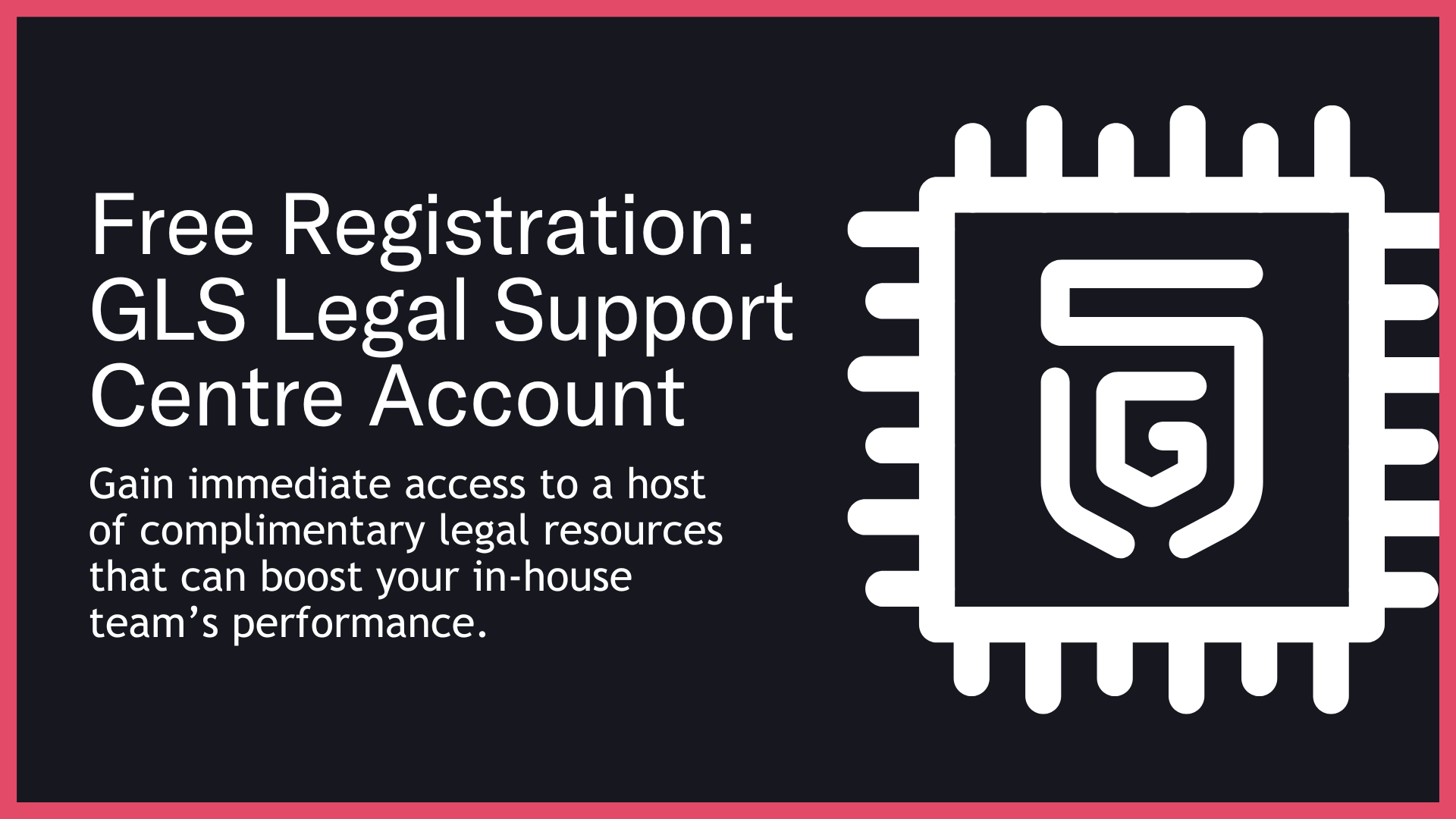Key Matters That Co-Founders Fail to Agree on at the Startup Stage
• 06 Aug 25

Introduction
Your biggest risk as a startup founder might not be your competition—it could be your own co-founder. The rose coloured glass of initial optimism and excitement can be blinding.
Many startup founders assume their shared vision and enthusiasm are enough to keep them aligned into an unknown future – but frequently, the realities of a startup journey means this is not the case
As the business grows, unresolved issues can surface at a time when “cooler heads” may not prevail - leading to costly disputes and, in some cases, the downfall of the company.
Legal issues are important but are often overlooked in the rush to build and launch. But the number of issues founders need to align on is not excessively great and tend to be the same.
In this article, we’ll highlight key issues that co-founders often fail to address at the outset—and how you can avoid these common pitfalls.
Why is important for founders to truly align before the start up gets going:
Ensuring that co-founders are aligned is an important issue for startups because:
◼️Equity Split: Misaligned expectations can lead to resentment and lawsuits.
◼️Roles & Authority: Undefined leadership leads to confusion and power struggles.
◼️Work Commitment: One founder carrying more weight than others leads to friction.
◼️Exit Terms: No plan for founder departures creates instability.
◼️IP Ownership: Disputes over who owns what can derail operations.
◼️Funding Strategy: Differing investment approaches can cause roadblocks.
◼️Company Vision: A lack of alignment on goals leads to internal strife.
◼️Compensation: Unequal or unclear pay structures create friction.
◼️Investor Relations: Poor handling of investors can lead to funding loss.
◼️Decision Deadlocks: Disagreements without a resolution process stall growth.
◼️Founder Removal: No framework for addressing non-performing founders.
◼️Conflict Resolution: Without a structured process, disputes escalate.
What happens when co-founder alignment is not there
The consequences of co-founders achieve substantial alignment may include the following:
Legal Implications
◼️Ownership Disputes: Lack of clarity on equity stakes and IP can lead to lawsuits.
◼️Contractual Breaches: Undefined founder obligations may result in legal battles.
Founder Relationship Issues
◼️Loss of Trust: Unresolved disputes destroy co-founder relationships.
◼️Toxic Work Environment: Unclear founder roles and expectations can lead to hostility.
Commercial Implications
◼️Investor Deterrence: VCs avoid companies with co-founder disputes.
◼️Growth Stagnation: Internal conflicts slow down critical decision-making.
Operational Implications
◼️Leadership Vacuums: Unclear roles can leave startups directionless.
◼️Business Disruptions: Unplanned founder exits create instability.
Business Valuation Issues
◼️Reduced Valuation: Investors discount startups with governance risks.
◼️Acquisition Barriers: Buyers hesitate if ownership structures are unclear.
The above range of potential implication are indicative issues—their potential relevance to your start up will depend on your business model and circumstances.
However, there are plenty of instances where the above risks have manifested in a detrimental manner.
How to avoid misalignment between co-founders:
Below are some examples of steps you might want to take to achieve overcome the challenges associated with co-founder misalignment:
Draft a Strong Founders’ Agreement
◼️Clearly define equity splits, roles, and exit strategies.
◼️Include vesting schedules to prevent premature equity claims.
Establish Defined Roles & Responsibilities
◼️Outline each founder’s duties and decision-making authority.
◼️Set up a mechanism to adjust responsibilities as the company scales.
Create a Conflict Resolution Framework
◼️Implement mediation or arbitration mechanisms.
◼️Ensure a decision-making hierarchy is in place.
Secure Intellectual Property Rights
◼️Assign all IP to the company, not individuals.
◼️Protect trade secrets and innovations from co-founder exits.
Align on a Clear Investment & Financial Strategy
◼️Establish clear rules for raising capital and spending funds.
◼️Define decision-making authority for financial commitments.
As mentioned, the above suggestions are just a few of the steps that successful startup have taken to avoid co-founder misalignment.
Obviously, there are many more things that need to be done to ensure co-founder alignment but the above steps are a substantive and material start.
Balancing Legal Priorities and Getting Your Business Moving
We are not trying to be alarmists about the issues discussed in this article. How they impact your business will differ based on your circumstances. Some may not be relevant at all.
Startups operate under intense resource constraints—time, budget, and focus are always limited. Sometimes ignoring a theoretical legal risk may make business sense.
That’s not an endorsement of cutting corners, but knowledge is your best asset. This blog is about equipping you with insights to make informed decisions.
However, with all of our Blogs - awareness of what might go wrong and how to fix it before it does is key. It is far more cost effective to prevent legal issues form arising than trying to fix it once it does.
How These Risks Can Play Out: Real-World Case Studies
Case Study 1: Facebook – The Eduardo Saverin Dispute
Eduardo Saverin, one of Facebook’s original co-founders, had a significant ownership stake. However, disagreements over his role led to a dilution of his shares, and he was eventually pushed out.
He sued Facebook and settled for an undisclosed sum, but lost his position.
Lesson: A clearly defined founders' agreement could have prevented costly legal battles.
Case Study 2: Snapchat – The Ousted Co-Founder
Reggie Brown, one of Snapchat’s original creators, conceived the idea but failed to protect his rights.
When the platform took off, his co-founders removed him, leading to a legal battle that resulted in a substantial settlement.
Lesson: IP ownership and founder contributions must be contractually protected.
Case Study 3: Twitter – Leadership Conflicts
Jack Dorsey, Biz Stone, and Evan Williams had ongoing power struggles over Twitter’s leadership. Dorsey was ousted as CEO early on, only to return later. The instability affected Twitter’s early strategic direction.
Lesson: A structured governance model prevents power struggles.
Final Thoughts
Your co-founder relationship is the backbone of your startup’s success – and keeping it intact is an investment worth making in your business.
Many of the world’s most famous startups have been torn apart by unresolved co-founder disputes.
The sources of founder conflicts are, for the most part, are predictable and preventable.
Addressing them early with clear agreements and structured governance can help protect your startup’s future or if you cannot achieve alignment – then may help you dodge a bullet.
How GLS Can Help You
GLS may well be able to help you navigate these issues beyond this blog. Few, if any, integrated legal solution providers have made themselves as accessible to the startup community as we have.
Consider engaging with GLS via any of the following means:
◼️GLS Start-Up Centre – Visit our world-leading startup legal support resource for ready-made solutions at a fraction of the cost: www.gls-startuplaw.com
◼️GLS Knowledge Hub – Explore more insights: www.gls-startuplaw.com/blog
◼️GLS Support Plan – Gain in-house legal capability at disruptively low pricing: GLS Start-Up Support
◼️GLS Legal On Call™ – Trial our service for free with three in-house legal consults: Free Trial
◼️Book a Consult – Schedule a free 15-minute consultation: Book Here
◼️GLS Start-Up Clinic – Join our next pro bono startup clinic: Register Here
Protect your startup—address these issues before they become crises.

